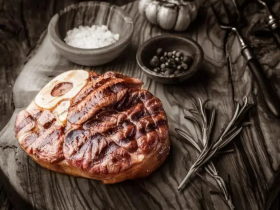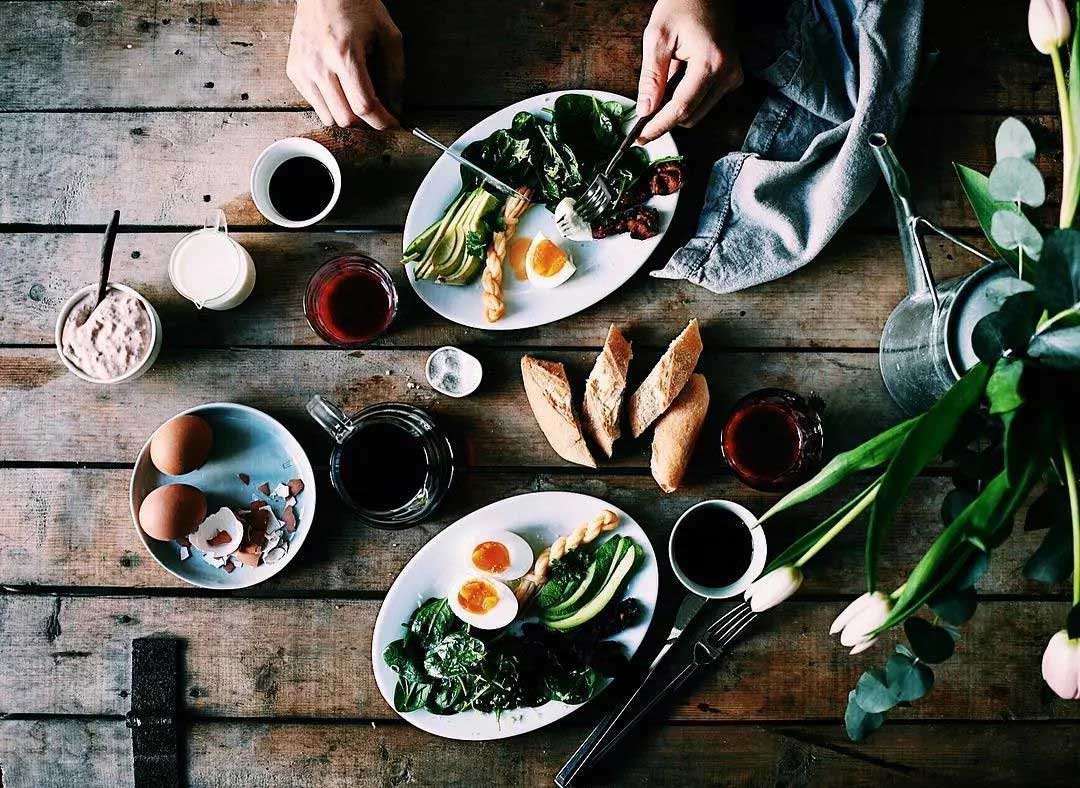
Are you a fan of wine? Have you ever thought about why the flavor of the same grape varietal can differ so much from one region to another? It’s because of something called terroir, a French term referring to how and where a particular wine is made–i.e. the climate, soil type, topography, and other factors unique to a certain winemaking region. If you’re curious about how geography and terroir influence the flavor of your favorite wines, keep reading!
The Role of Terroir in Echoing Wine’s Geographical Heritage
Wines from different geographical locations may smell, taste, and look totally different, but the one thing they have in common is terroir. Terroir includes every factor of a region’s environment that can affect the taste of the grapes, including physical characteristics like elevation and soil composition as well as more abstract features like climate and culture. Simply put, the terroir of a wine is the way its environment speaks through its flavor. In this way, terroir serves as a reminder that no matter how far wine has travelled, its heritage still remains.
An Unforgettable Blend of Elements
In order to start tasting and understanding terroir, it’s important to keep in mind that the taste of a given wine is the result of countless factors working together. The kind of grapes used to make the wine, the climate in which they were grown, and the wine-making techniques employed all combine to create an unforgettable flavor. Understanding the terroir of a wine can help you “read” the wine’s geography and experience a sense of place and history from the first sip.
Note that understanding terroir isn’t necessary for enjoying a glass of wine—some might even say it’s unnecessary! But it can certainly add a level of appreciation and understanding for the wines we drink. Ready to explore terroir yourself? Start with a tasting flight from various wine regions and take the time to really savor and appreciate the subtle differences in the wines. After all, understanding the nuances of terroir is one of the best ways to explore the world of wine!















